
Concurrent Notalgia Paresthetica and Brachioradial Pruritus Associated
Take home messages about notalgia paresthetica: NP is a unilateral pruritus located medial or inferior to the scapula in the T2-T6 dermatomal region. NP is most often seen in middle-aged women and can last for months or years. It may be accompanied by pain, paresthesias, numbness, or hypersensitivity.

Notalgia Paresthetica (“Itchy Back”) & Causes, Symptoms, & Tips For
Notalgia paresthetica is a chronic neuropathic dysesthesia of unknown etiology characterized by pruritus located on the medial border of the inferior scapula. First described in 1934 by a Russian neurologist, notalgia paresthetica has had few studies due to its benign nature. Irritation or damage to.

A Case Report of Refractory Notalgia Paresthetica Treated with
Purpose of Review: Notalgia paresthetica (NP) is a chronic cutaneous neuropathy primarily characterized by localized pruritus and associated dysesthesias, including sensations of pain, numbness, and tingling. The sensory neuropathy characteristic of NP is thought to result from spinal nerve entrapment caused by degenerative changes in the spine.
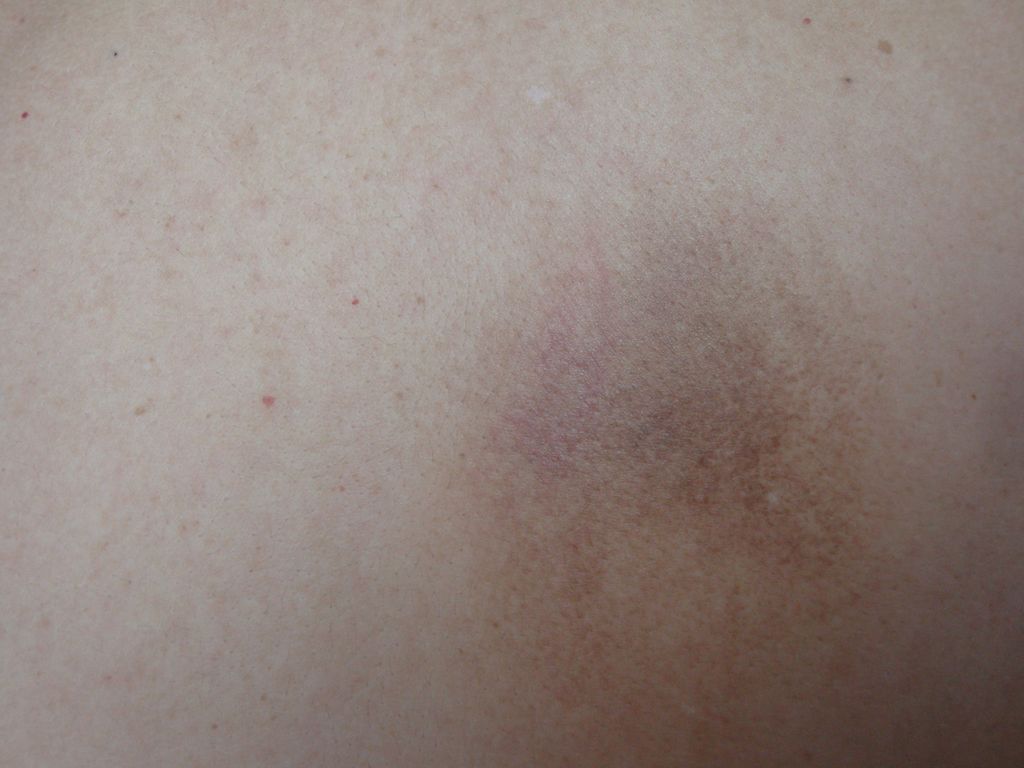
notalgia paresthetica pictures, photos
Notalgia paresthetica usually is located in the scapular region (T2-T6 dermatomes) and is characterized by pruritus and occasional painful sensations. Despite the name, itch is more common than pain, which is observed in ≤30% of patients.2 Up to 10% of cases are bilateral.² Hyperpigmentation and secondary changes due to itching (excoriations.

Notalgia parestésica en región lumbar Cursos FNN
Notalgia paresthetica (NP) is a nerve condition that causes itchiness and sometimes pain on the back. It tends to affect a specific area — usually under a shoulder blade and often on the left.
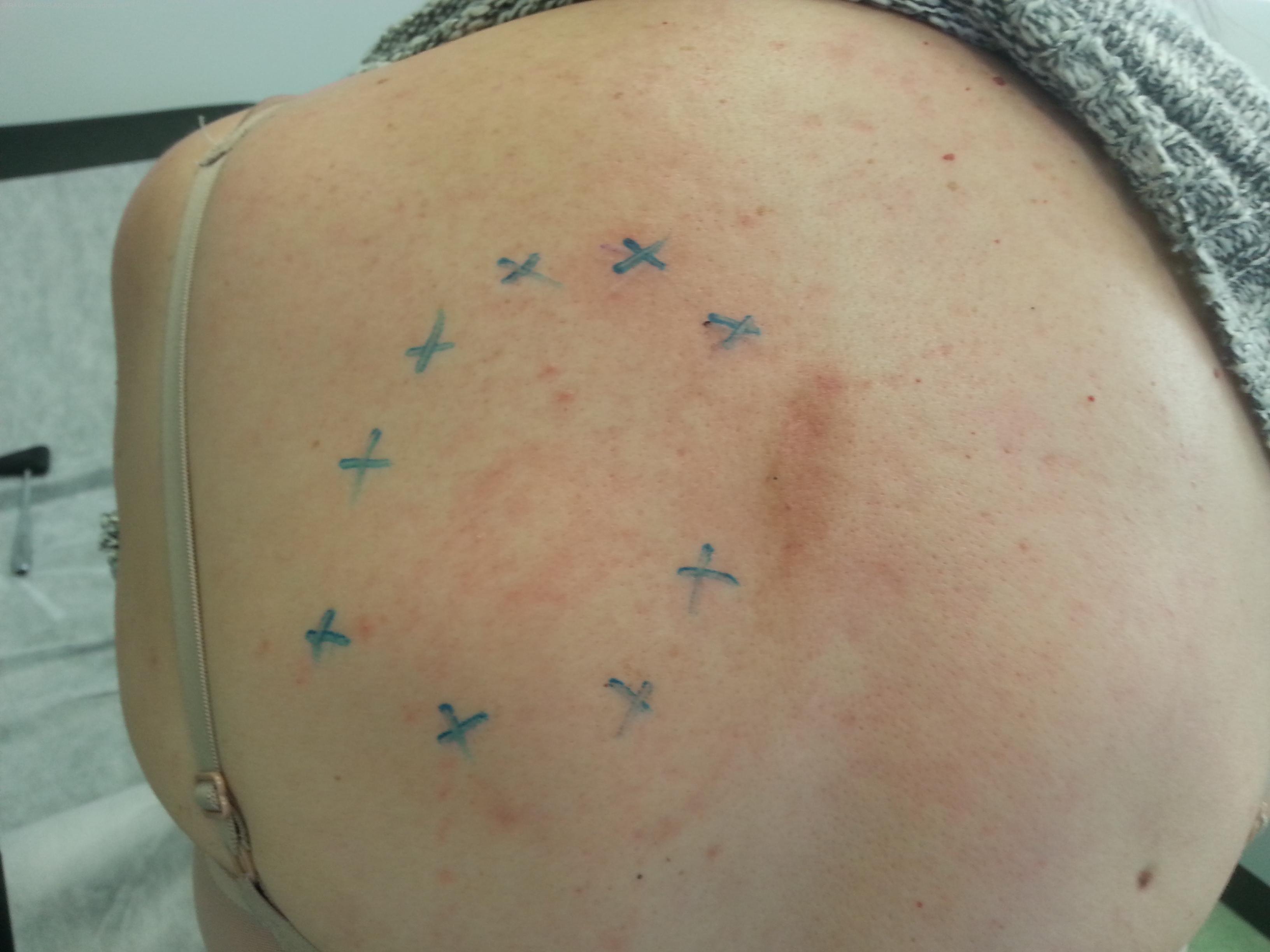
Notalgia Parestésica Neurorecordings
Notalgia paresthetica is a condition of the skin of the upper back with extreme pruritus in a localized area just below or medial to the scapula. Notalgia paresthetica is felt to be secondary to spinal nerve impingement, causing a sensory neuropathy and persistent itch. Pain, paresthesias, and hyperesthesias may coincide with the itch.

Notalgia Parestésica YouTube
Notalgia paresthetica was described by Astwazaturow in 1934. We have seen six cases in the past year, suggesting that it is not rare. This sensory neuritis affects the posterior rami of several spinal nerves (arising from thoracic segments T2 to T6), causing pruritus, burning, and dysesthesias. Examination reveals hypesthesia.

Notalgia Parestésica Clínica Dra. Juliana Toma
Notalgia paresthetica is a chronic neuropathic dysesthesia of unknown etiology characterized by pruritus located on the medial border of the inferior scapula. The condition was first described by the Russian neurologist Michail Astwazaturow in 1934 and is usually benign.

Notalgia Paresthetica (“Itchy Back”) Causes, Risk Factors, Symptoms
Notalgia paresthetica (NP) is a sensory neuropathy characterized by localized pruritus and pain, presenting with or without a well-circumscribed hyperpigmented patch in the upper back. Abnormal sensations, such as burning, numbness, and paresthesia are often present in patients with NP. In this study, we clinically and radiologically analyzed patients with NP.
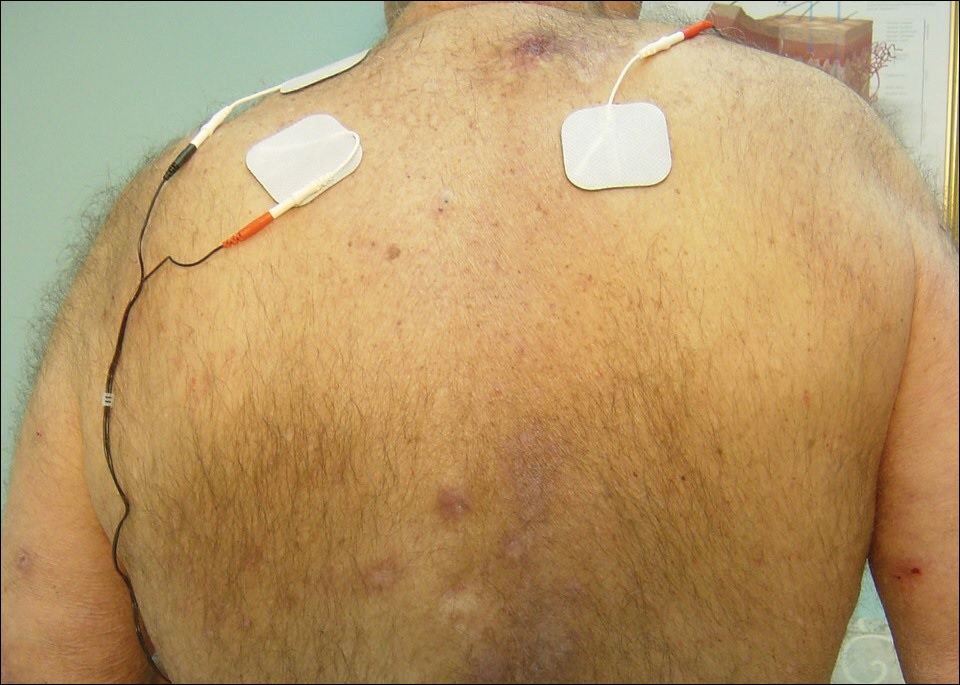
Concurrent Notalgia Paresthetica and Brachioradial Pruritus Associated
Notalgia paresthetica is a condition that includes tingling, itching, burning, tenderness, or loss of sensation on one side of the upper mid-back. It is a form of cutaneous dysesthesia, meaning an unusual or unpleasant sensation in the skin. Experts believe it results from nerves becoming irritated or compressed. It most likely occurs due to:
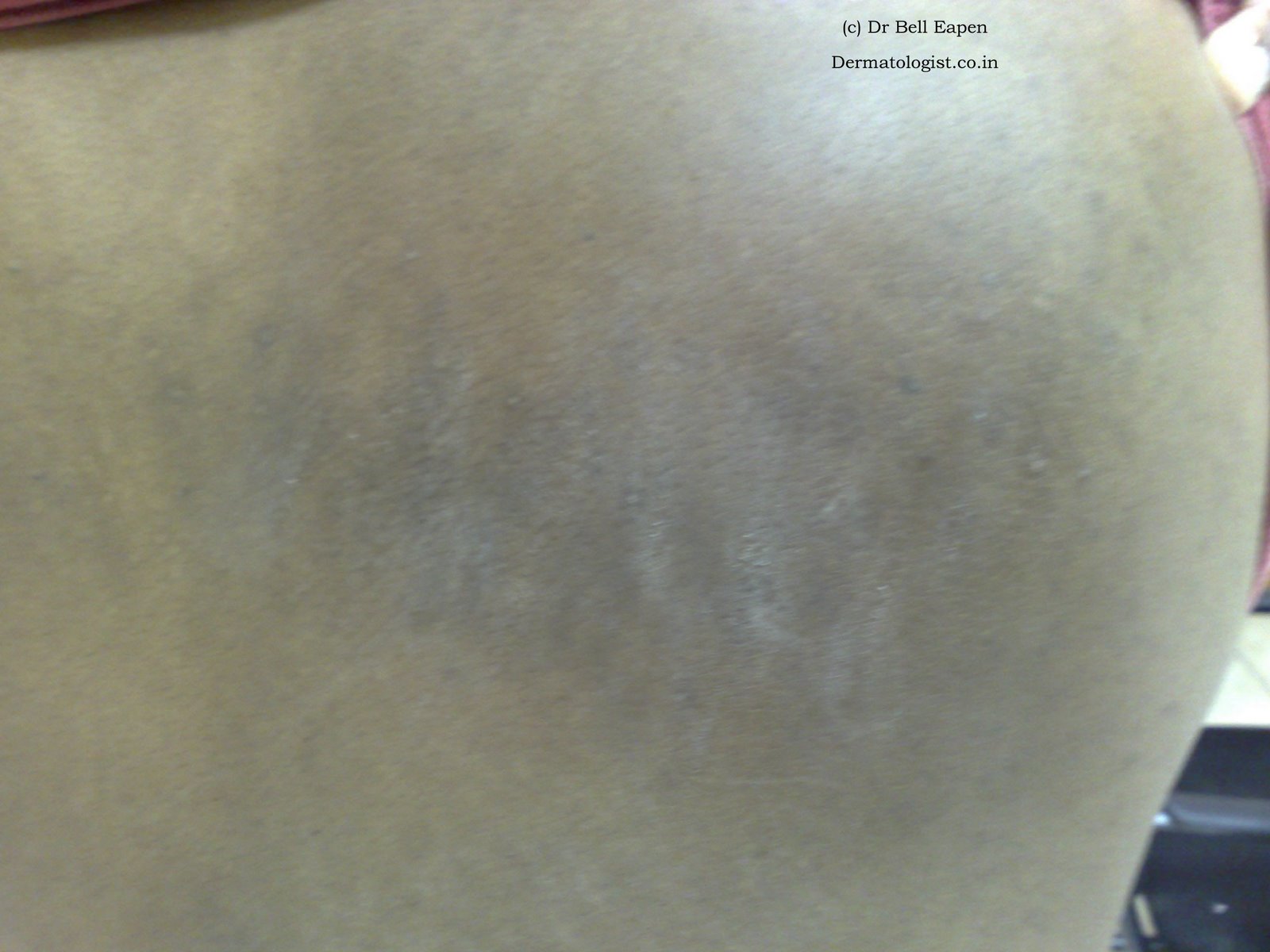
Notalgia Paresthetica Dermatologists Sans Borders
Abstract Background Notalgia paresthesica is a disorder of unknown origin characterized by pruritus localized to the patients' back. Local pain, burning or paresthesias have also been described.. J.M. Fabeiro, A. Zulaica, Tratamiento de la notalgia parestésica con toxina botulínica A intradérmica, Actas Dermo-Sifiliográficas, 10.1016/j.

Cureus Notalgia Paresthetica Cervical Spine Disease and Neuropathic
31168209. PMC6544103. - Notalgia paresthetica is a common, although under-recognized condition characterized by localized chronic pruritus in the upper back, most often affecting middle-aged women. Apart from pruritus, patients may present with a burning or cold sensation, tingling, surface numbness, tenderness and foreign body sensation.

Notalgia Paresthetica Treatment Using Intradermal Botulinum Toxin A
Eisenberg E, Barmeir E, Bergman R. Notalgia paresthetica as-sociated with nerve root impingement. J Am Acad Dermatol 1997; 37: 998-1000. 2. Savk O, Savk E. Investigation of spinal pathology in notalgia paresthetica. J Am Acad Dermatol 2005; 52: 1085-1087. 3. Massey EW, Fleet AB. Electromyographic evaluation of notalgia paresthetica.
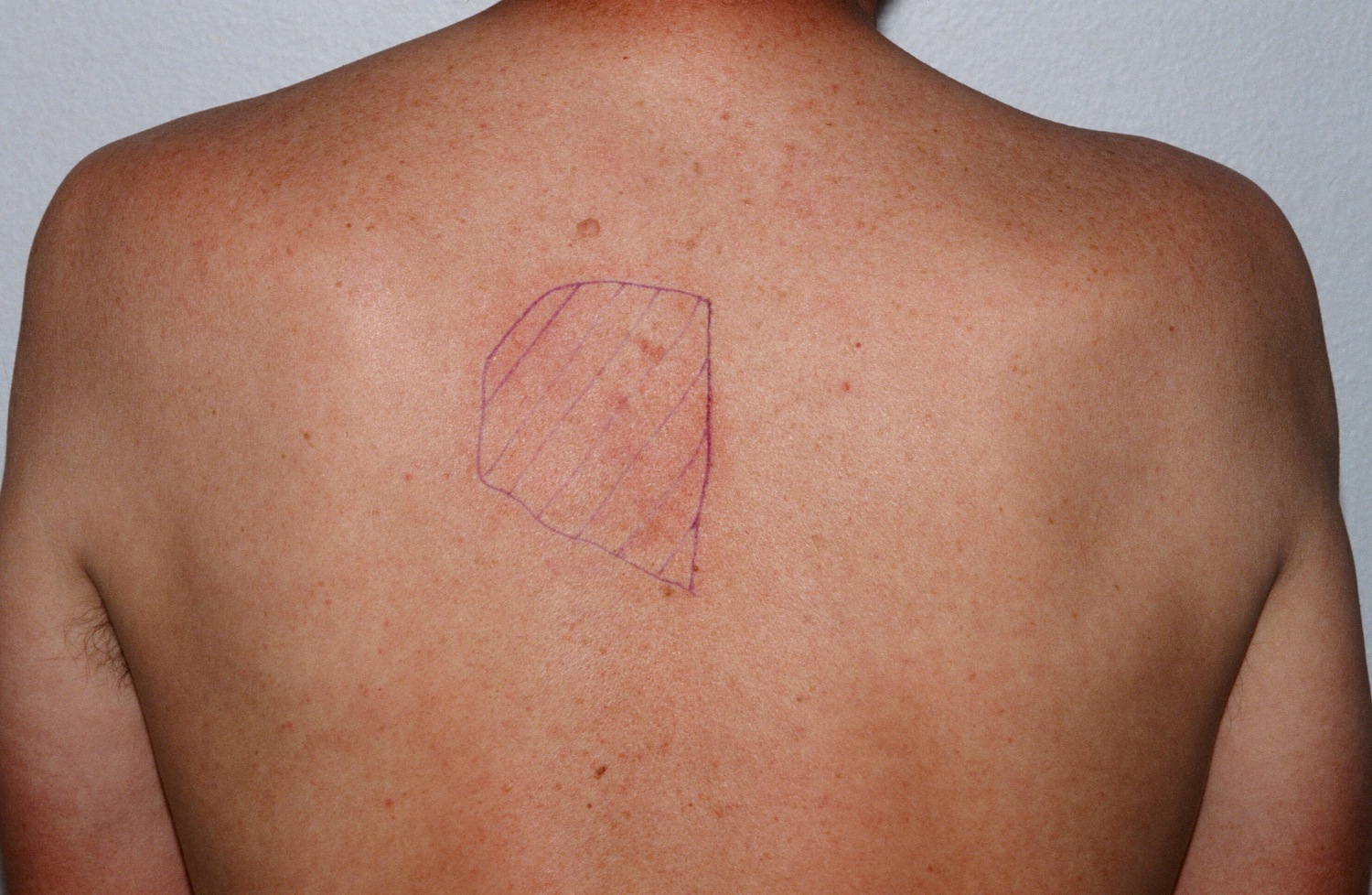
Notalgia Paresthetica New Health Guide
Notalgia paresthetica (NP) is a sensory neuropathy characterized by localized pruritus and pain, presenting with or without a well-circumscribed hyperpigmented patch in the upper back. Abnormal sensations, such as burning, numbness, and paresthesia are often present in patients with NP. In this study, we clinically and radiologically analyzed.
notalgia paresthetica pictures, photos
Though skin changes and itchiness are sometimes a symptom of cancer, notalgia paresthetica (NP) is not. There's no link between NP and cancer. NP is not linked to any diseases. Instead, it's due to pressure on a nerve root in the spine. This article will explain notalgia paresthetica, its causes, symptoms, diagnosis, treatment, and how it.

Notalgia paresthetica Treatment, causes, and symptoms
Notalgia paresthetica (NP) is a sensory neuropathic syndrome of the mid back skin, the classic location of which is the unilateral infrascapular area. Notalgia paresthetica is primarily a localized pruritus syndrome, but it may present with episodic itching or pain on a small patch of the mid back, usually an area of skin just past easy reach.